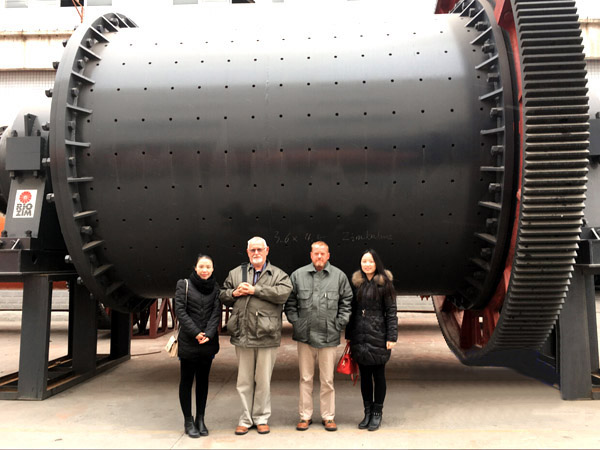FTM Ball mill can be divided into many categories according to the different classification standards, but each type of ball mill has its characteristics and applicable scope, the applicable scope of the ball mill can be distinguished according to its processing capacity and feeding and discharging granularity, the following is the introduction about the applicable scope and characteristics of different ball mills, as a reference when buying ball mill.

The ball mill’s processing capacity can be calculated through the volume method or the power consumption method. The processing capacity of ball mill is influenced by the following factors: the grind ability of mineral, the particle size of the final product and feeding material, grinding machine type and size, the shape of the lining board and the matching of each size, the shape, size, matching proportion, physical and mechanical properties of grinding mediums, grinding concentration, classifier’ type and its working system, etc. Due to the factors which affect the ball mill processing capacity is more, and their change is bigger, there is no one theoretical formula to calculate accurately the processing capacity of ball mill, so here, it is only possible to make a specific distinction between the discharging particle size and the feeding particle size.

1.The rod mill is mainly used for coarse grinding, the grain size of the finished grinding product is 1mm to 3mm, and the grain size of the gravity mill plant can be 0.5mm. The particle size is too fine, so the grinding efficiency of the rod mill is decreased significantly. The matching ratio of rod mill and ball mill should be 1:2 when combined with ball mill.
2.The grate ball mill is used for coarse grinding, generally used in single-stage grinding production or the first stage grinding of the two-stage ore grinding process. In closed circuit operation, the fineness of grinding ore is 0.2mm-0.3mm. It usually works with spiral classifier in grinding production.
3. The overflow ball mill can be often used for the second stage grinding or re-grinding for intermediate products in the grinding operation, the classification equipment is usually equipped with hydrocyclone. But sometimes it also can be used in first stage grinding matching with the spiral classifier. Large ball mill (generally larger than 4000mm in diameter) adopts the overflow ball mill and hydrocyclone to form the grinding circuit, which simplifies the grinding machine structure and is easy to maintain and repair.
4. The autogenous tumbling mill uses the material itself as the medium, through the mutual impact and grinding action to achieve the pulverization. It can grind the material to 0.074 mm at one time, and the crushing ratio can reach 4000 ~ 5000. But when we start the model selection of autogenous tumbling mill, semi autogenous tumbling mill and gravel mill, we should pay special attention to whether there is good self-grinding medium in raw ore, using the self-grinding medium meter to measure the self-grinding medium index of ore, then through the data processing to determine whether the material needs to have semi-industrial experiments of self-grinding, semi-self-grinding and gravel grinding. After that, using an empirical formula to calculate the model selection of autogenous tumbling mill, semi autogenous tumbling mill and gravel mill.

Above is the analysis about the feeding and discharging particle size, characteristics and applicable scope of these grinding mills, and you can choose the appropriate type of ball mill according to your own actual situation. Want to learn more information about ball mill, please contact us with telephone or chatting online.
Prev : Which Type of Basalt Cone Crusher is the Best?
Next : The Reasons of the Discharging Port Clogging of Jaw Crushers
Please feel free to write down your requirement in the form below.
We will reply you within 24 hours.
Copyright: China Henan Fote Mining Machinery Co., Ltd.All rights reserved
